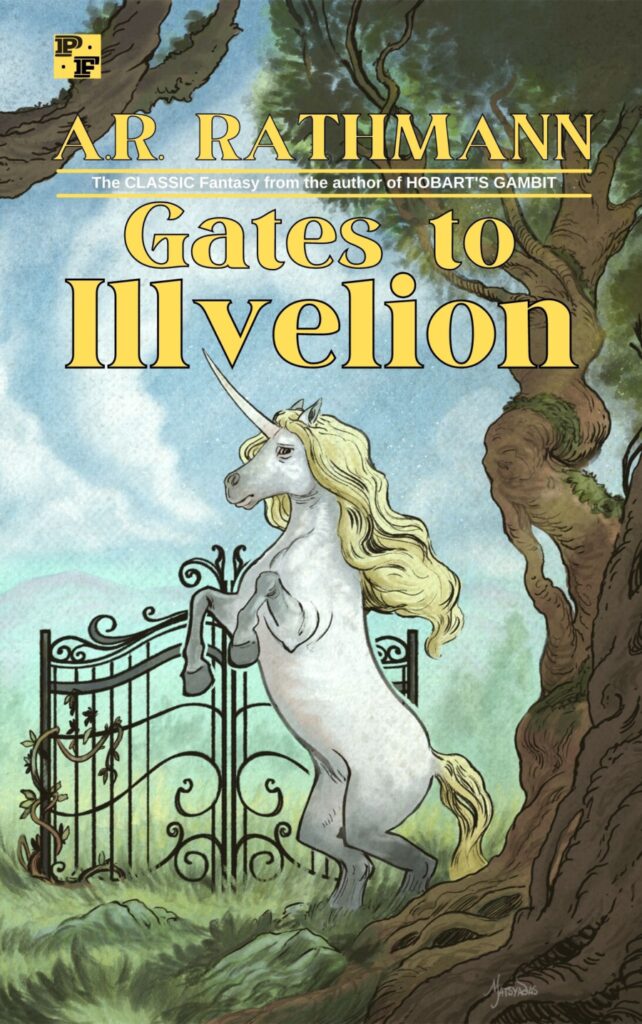The only way to become excellent is to be endlessly fascinated by doing the same thing over and over. You have to fall in love with boredom.
James Clear, Atomic Habits (p. 236)
I’m always blathering about practice, practice, practice. My students are probably sick of hearing me wax on about how “even professional musicians practice their scales,” or how basketball players “can never do too many free throws.” But even if they’re sick of my blathering, I’m not gonna abandon my mantra: writers have to write. And the only way to get better is to practice, to form the habit, to do the work everyday.
Often, when I conference with my students individually, I hear them express a sincere desire to get better at writing. But when I give them daily opportunities to write in their writer’s notebooks, many of them don’t seize the opportunity. They do other work. Some of them read a book (which I always encourage), while others try to get caught up on their homework (which I always discourage; do your homework at home, kids!). But the same students who say they want to get better at writing don’t use the time and space I give them in class to practice their writing. The reasons are usually some flavor of “I’m not inspired!” and I quietly remind them that it’s not a good plan to wait for inspiration. Inspiration is fleeting and unpredictable. We can coax the muse by reading a lot, listening to interesting music, looking at interesting cinema, going places, paying attention, taking walks, etc., but even if we feed our muse daily, she’s a fickle creature and won’t always come out to play.
James Clear’s quote about boredom distills a lot of what I’ve been trying to help my students understand. The only way to get better at writing is by doing it OVER AND OVER. The writer’s notebook is one tool that I’ve found immensely helpful; it’s a space where I can write every day. It’s an easy method for making something habitual. Those students who have embraced their notebooks, who have used them frequently, almost daily, are the students who have seen the most growth in their writing. I’m sure they didn’t sit and wait for inspiration. They wrote in their notebooks consistently, letting the routine snowball into something habitual, and eventually that repetition and consistency paid off: they developed the skills they were hoping for.
But for the students who were always waiting for inspiration, the habit never formed. They wanted to get better at writing, but they weren’t able to “fall in love with boredom,” i.e.: the work of writing everyday, even when they were tired or didn’t have anything to write about or didn’t feel inspired.
I can relate to these students, believe it or not. For many, many, many years, I courted inspiration and only did my work when the “heat” was in me. I had a lot of cool ideas and did some good work, but NOTHING ever came from it. And yet I kept waiting for the muse to carry me off into the wild night. I kept clinging to the idea that art couldn’t be forced or mechanical, that it had to be spontaneous and passionate all the time. And so I never really finished anything worthwhile until I realized — at long last — that waiting for the muse meant waiting my whole life.
After long years and many failures, I know now that I’d much rather write every day — even if I’m not inspired and the words are dross — than to write only in fits and spurts and never make any headway. I’d much rather do the same thing over and over, because it’s in the DOING that I derive my most pleasure. And it’s also how I’ve gotten better. My ability to write didn’t materialize overnight or just by wanting it “badly enough.” It happened because I practiced, and just like the musician and basketball player, I keep practicing. Everyday.
Yes, this means “falling in love with boredom.” Boredom means pleasure… when it’s practicing something you love.
For my students who want to get better at writing, they have to find a way to fall in love with boredom too. They have to be willing to play the scales, run the reps, shoot the free throws, and put pen to paper in order to improve. It’s not glamorous or thrilling. It’s not the muse dancing under starlight. It’s about doing the work, every day. And like a miracle or a magic spell, once the habit forms, it transforms boredom into love.
 This is one I do with my students — and I do it myself. It’s just a great warm-up exercise, or a way to get ideas when a story or essay feels stuck. I did not invent this exercise (I think it might come from
This is one I do with my students — and I do it myself. It’s just a great warm-up exercise, or a way to get ideas when a story or essay feels stuck. I did not invent this exercise (I think it might come from 

